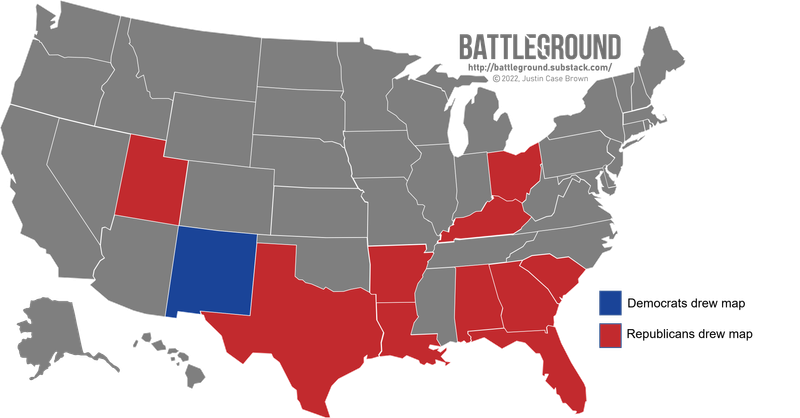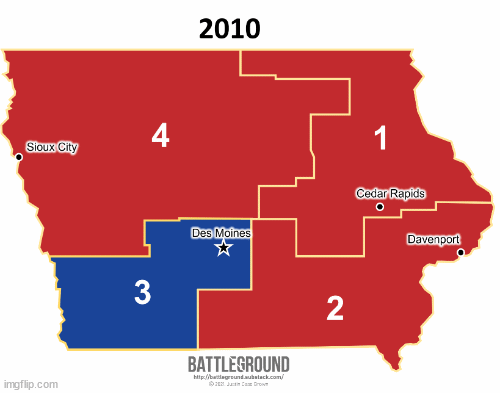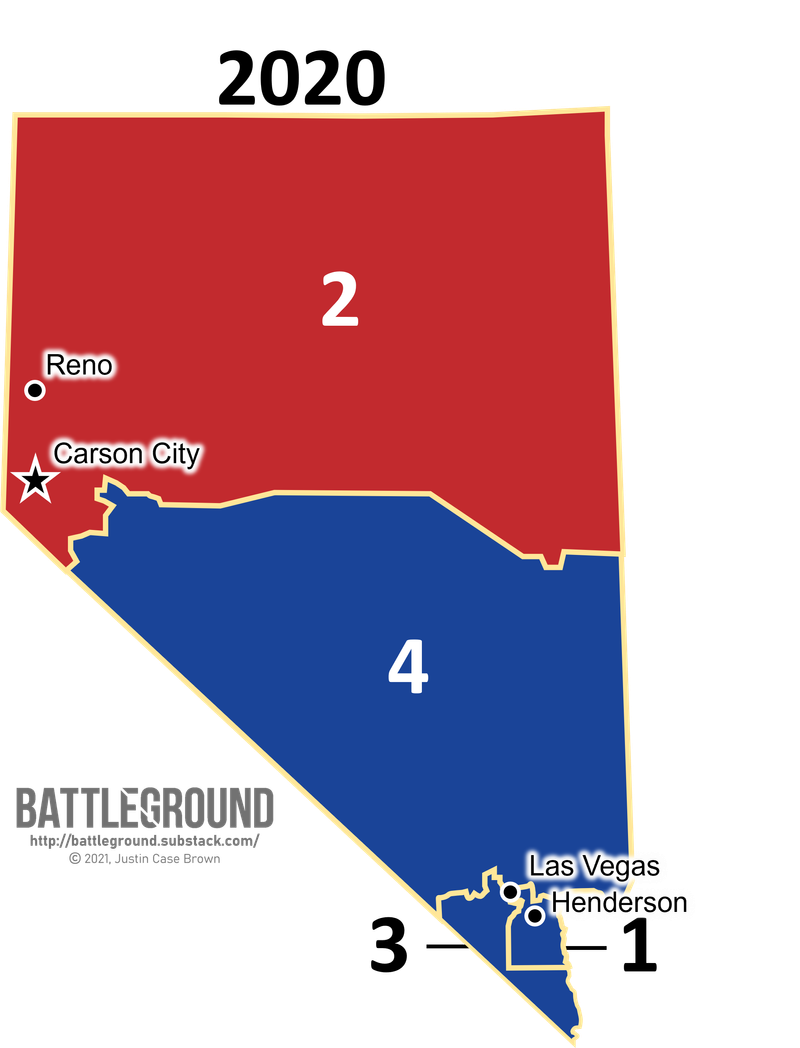"An Era of Perpetual Redistricting"
The former chair of the National Democratic Redistricting Committee predicted the battle we face today.
"We are living in an era of perpetual redistricting."
-John Bisognano, former chair of the National Democratic Redistricting Committee
The former chair of the National Democratic Redistricting Committee saw the writing on the wall. When he wrote this statement as chairman back in 2023, several states were expected to redraw their congressional district maps due to pending litigation. Both Republicans and Democrats across the country have already tried to enact gerrymandered maps in their own states to varying degrees of success. But Donald Trump's recent demand for more Republican seats in the House has inflamed redistricting tensions and has spurred an all-out mid-decade redistricting war.
In other words, racial gerrymandering is held to a single legal standard across the nation while the legality of partisan gerrymandering varies significantly state-by-state.
Let's Recap the Remedies
Since the last round of redistricting following the 2020 Census, the following five states have been ordered to toss old maps due to illegal gerrymandering and are already using new maps to elect their House representatives.
Alabama: Republicans in Alabama's legislature drew a map that illegally utilized racial gerrymandering to draw Democrats out of one of their two previously safe seats. After SCOTUS upheld a lower court's ruling, Alabama Republicans were forced to draw a new map in 2023 that retains two districts where Black voters have the power to elect a representative of their choice. This new map was used in the most recent House elections, with freshman Democrat Shomari Figures winning the remedied district.
Georgia: Georgia's Republican-led legislature drew a congressional map similar to Alabama's that utilized racial gerrymandering to eliminate one of the state's legally required majority-Black districts. After federal courts ruled in 2023 that the new map violated the Voting Rights Act, legislators produced a new map that was used in the 2024 elections. While the new map returns the majority-Black district, it simultaneously dismantles what was formerly a multicultural district held by Rep. Lucy McBath. Therefore, Republicans maintained their goal of gaining a congressional seat in Georgia while remedying the former racial gerrymandering issue.
Louisiana: Yet again, Republicans in the South created a racial gerrymander that ran afoul of the Voting Rights Act with the way it eliminated one of the state's legally required majority-Black districts. After a drawn out battle in federal courts, Louisiana was ordered to redraw its map to include two majority-Black districts to ensure proper representation. Former Democratic House Rep. Cleo Fields (who previously served in the U.S. House from 1993 to 1997) won the newly drawn district and returned to the House 28 years later.
New York: Democrats drew a blatantly partisan gerrymandered map for New York following the 2020 Census that gave Democrats an extra 3 seats when compared to the previous map. This led to a special master drawing a new map that was used in the 2022 elections. This map was later deemed a temporary fix by the Appellate Division of the New York Supreme Court which required that the redistricting process restart in 2023. Another new map was enacted and used in the 2024 elections, this one only modestly favoring Democrats.
North Carolina: Republicans in North Carolina drew an extreme partisan gerrymander following the 2020 Census that was quickly shut down by the state Supreme Court. State law required that members of the court draw a map to remedy the partisan gerrymander, leading to a more competitive map being used in the 2022 elections. Following the election, Republicans in the legislature petitioned for the North Carolina Supreme Court to rehear the partisan gerrymandering case and the court ultimately overturned its own ruling. This allowed Republicans to once again draw an extreme partisan gerrymander that was successfully used in the 2024 elections and won Republicans an extra 3 seats in Congress.
This New Round of Redistricting is Different
Several more states are being called upon to do mid-decade redistricting for the purpose of political warfare. In the wake of Donald Trump's redistricting demands, Democrats have committed to responding in kind in deep-blue states where they control state government.
Texas: The Lone Star state is the opening salvo for this recent push for partisan gerrymandering with Republicans aiming to pass an aggressively gerrymandered map that could potentially swing as many as 5 seats from Democrats to Republicans, according to data shared by the legislature.
California: Democrats are hoping to engage in a tit-for-tat with Texas by redrawing California's congressional map more aggressively in favor of their own party. The problem they face (unlike Texas) is that California's redistricting process is not controlled by the legislature but instead by the independent California Citizens Redistricting Commission. In order for Democrats to gain the authority to circumvent this commission, they must win a public vote to ratify a constitutional amendment that temporarily suspends the commission's authority until the next traditional redistricting cycle following the 2030 Census.
New York (again): Democrats are itching to create yet another new map for New York that favors their party like the original map they passed in 2022. Much like California, Democrats in the legislature do not have unilateral power of redistricting due to their state's independent redistricting commission. The path they're seeking is also similar to California's, yet on a much slower timeline due to stricter state laws regarding constitutional amendments. (Two successive legislatures would have to pass the amendment then voters would have to approve it in an election.) This process would mean that the earliest New York Democrats would be able to enact a new map would be in 2027 and that map would only stand for a couple years before being forced to do traditional redistricting following the 2030 Census.
The Curious Case of Ohio
Ohio ain't new to this redistricting game. After Ohio Republicans successfully pushed through a map that was gerrymandered in their favor, they triggered a unique clause in the state constitution:
(C)(3) If the general assembly passes a congressional district plan under division (C)(1) of this section by a simple majority of the members of each house of the general assembly, and not by the vote described in division (C)(2) of this section, all of the following shall apply:
…
(e) If the plan becomes law, the plan shall remain effective until two general elections for the United States house of representatives have occurred under the plan, except as provided in Section 3 of this article.
As a result, the map that was ultimately passed by Ohio Republicans could only be used for the 2022 and 2024 midterms. This means that Ohio is legally required to participate in this mid-decade redistricting battle and most expect Republicans to pass yet another gerrymandered map that will lean in their favor.





